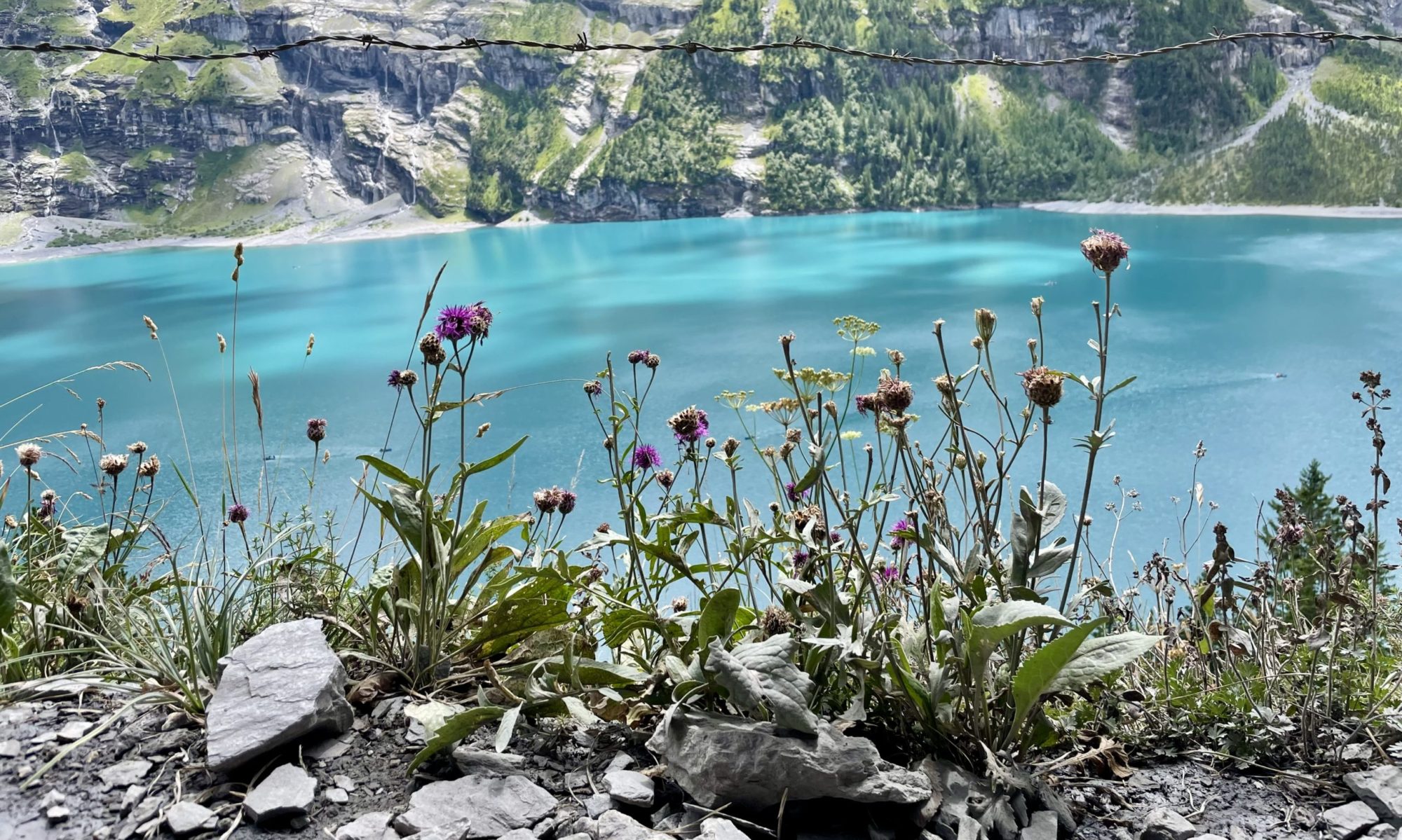The term “biodiversity” is a portmanteau of the words biological and diversity. You might be surprised to learn that it has been coined barely 40 years ago. At the beginning of the 1980′, it was defined as simply the sum of living organisms, but a few years later the Convention of biological diversity held in Nairobi, Kenya, in 1988, enlarged the definition to include ecosystem and genetic diversity. Until then, conservation efforts were concentrated mainly on saving endangered species by protecting their habitat, but they did not consider the interactions and impact that those species have with the rest of the community in the same habitat and also with the environment.

Biodiversity and sustainable development
In 1992, the UN organised a major conference in Rio de Janeiro, Brazil, called the Earth Summit. The need for this conference resulted from the realisation that sustainable development and environmental protection strategies cannot be successful without international cooperation. During the Summit the Convention of Biodiversity was signed by most members, together with the Convention on climate change and the Convention to combat climate change. Plans were made to slow the destructive trend of the ongoing century, and deadlines were set for decreasing environmental impacts by countries.
The inclusion of genetic and ecosystem diversity in the definition of biodiversity directly implies the modifications in biodiversity conservation theories, which had dramatic consequences in applied conservation strategies. Integrating the new theory shifted efforts on protecting entire ecosystems, maintaining the whole food-webs intact and protecting ecosystem functioning such as water retention in a natural floodplain, or mitigation of pollutants in pristine wetlands.

Importance of biodiversity
There are many services that the known biodiversity provides to our societies, in terms of crops, drugs, timber production, biofuels, etc. but there is also still great potential in the unexplored diversity. A good example are the many uses for which diatoms’ shells have been studied in recent years, such as replacing plastic particles in fabrics and make up thanks to their capacity of iridescence, and for the same reason their potential massive increase in solar panels efficiency. The potential consequences of these kinds of findings and research on our economy and the environment are huge and should be enough to push towards a more environmental conscious society and technology.
Estimating biodiversity
Estimating biodiversity is by far not as easy as one might think. It is not possible to actually count the number of species present in any given space. Many have tried, for example inferring the total number of arthropods in the world, starting with the actual number counted on a single tree. But the approximations needed for the calculation are quite large, from the variability of number of individual trees to the number of different tree species, to the different stages of development of the arthropods species at the time of counting. In the end, it is estimated that the number of species of higher organisms stands anywhere between 3 and 100 millions.

What about microorganisms?
Things get more complicated if we start taking into account microorganisms, e.g. protists and bacteria. Protists are organisms that have a cellular structure similar to that of plants, animal and fungi, but are made of only one cell. Bacteria on the other hand are made by one cell like protists, but with a different, simpler structure. Both bacteria and protists are unicellular and therefore difficult to observe. Until the end of last century, the only way to detect microorganisms was observing them through a microscope. It was largely accepted that because they are so small, microorganisms are able to colonise every place on earth and therefore the number of species globally would be relatively small. But in the last few decades the development of DNA sequencing technology has allowed the discovery of an unsuspected high number of species of microorganisms. It is now arguably accepted that microorganisms species are not homogeneously distributed around the world as previously thought, but rather they present high variations linked to local conditions.
The road to the discovery of total species diversity is still very long, with new species added constantly. The importance of conservation and protection of this potential diversity cannot be stressed enough.

